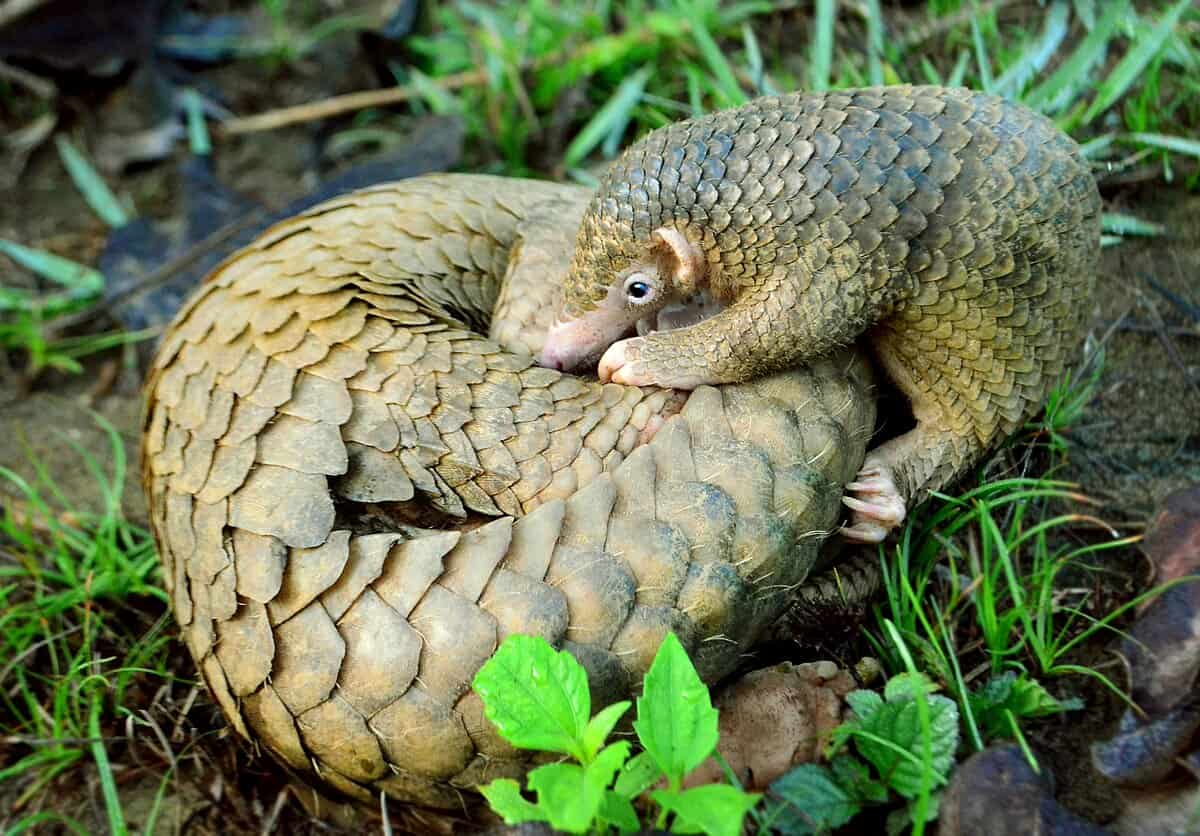Exploring the world’s most remote places offers a glimpse into the planet’s untouched beauty and unique cultures. These isolated locations, often far from the hustle and bustle of modern life, present both challenges and extraordinary experiences for those who venture there. From the icy expanse of Antarctica to the lush, secluded islands of the Pacific, each destination provides a rare opportunity to connect with nature and discover the resilience of human communities. In this article, we’ll journey to some of the most remote places on Earth, uncovering their distinctive features and the remarkable stories they hold.
Tristan da Cunha, South Atlantic Ocean
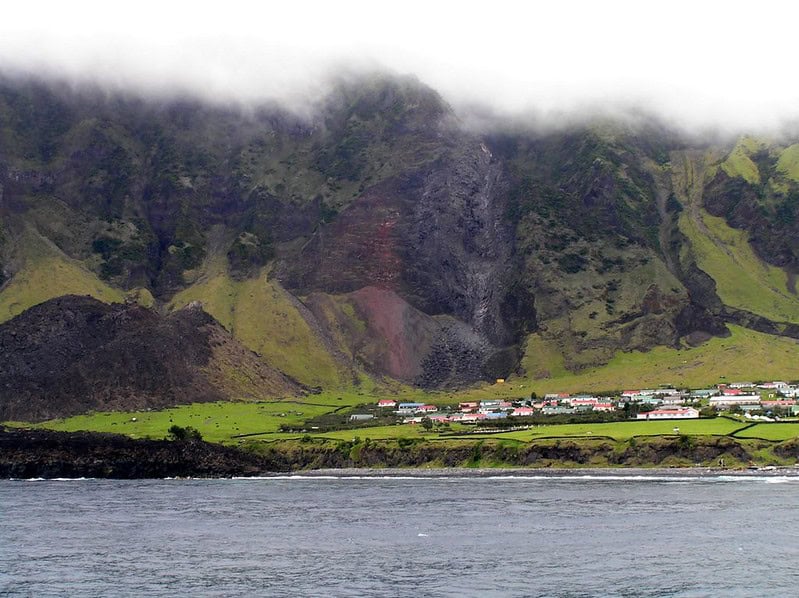
Tristan da Cunha, an isolated volcanic island in the South Atlantic Ocean, is one of the world’s most remote inhabited archipelagos. It’s situated approximately 2,400 kilometers from the nearest inhabited land, Saint Helena. The island is home to around 250 residents who primarily rely on fishing and agriculture for their livelihoods. With no airport, the island can only be reached by a week-long boat journey from South Africa. Its rugged landscape and unique wildlife make it a fascinating destination for the adventurous traveler.
Pitcairn Island, Pacific Ocean
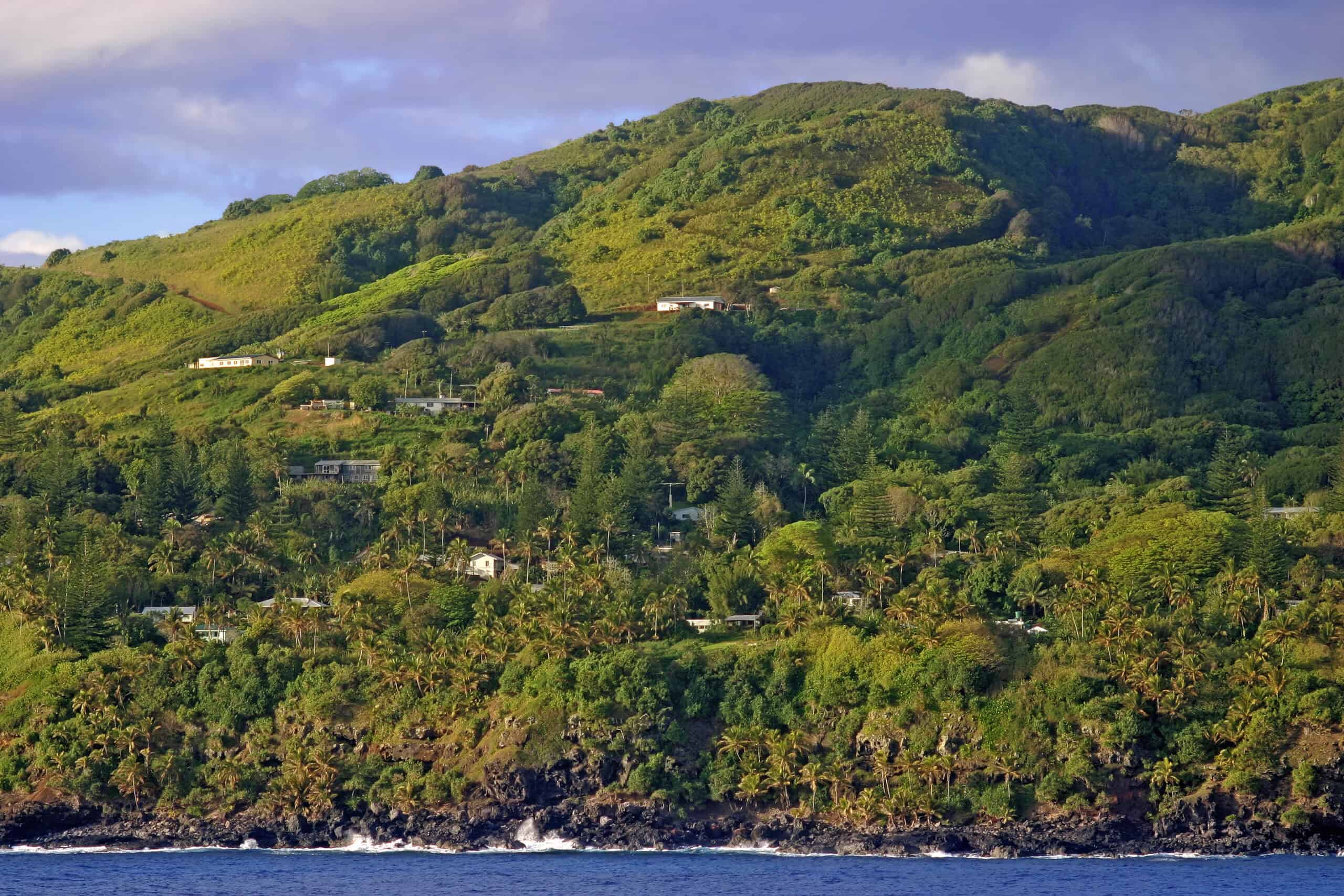
Pitcairn Island, located in the southern Pacific Ocean, is one of the most remote places on Earth with a population of about 50 people. The island is famous as the final refuge of the HMS Bounty mutineers in the 18th century. Accessible only by sea, reaching Pitcairn requires a lengthy voyage from New Zealand or Tahiti. Despite its isolation, the island boasts lush greenery, dramatic cliffs, and a rich history. Visitors to Pitcairn can explore archaeological sites and interact with the friendly local community.
Alert, Nunavut, Canada
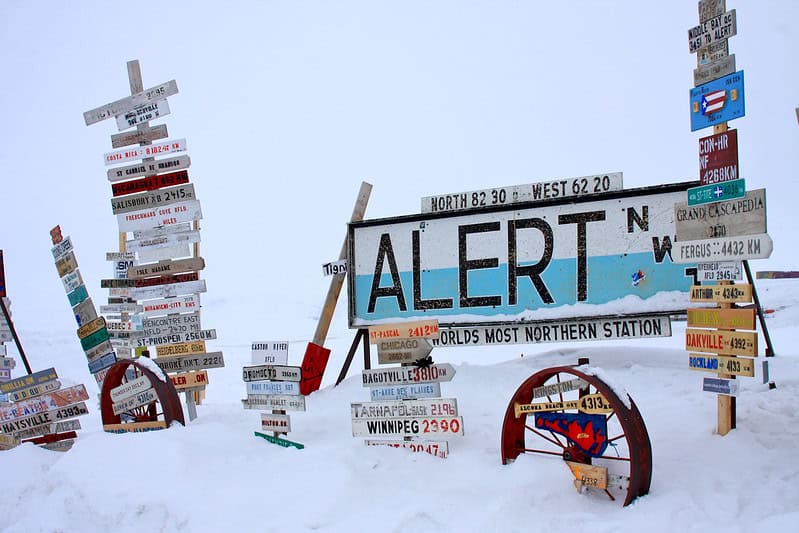
Alert, a small Canadian military outpost, is the northernmost permanently inhabited place in the world. Situated just 817 kilometers from the North Pole, Alert experiences extreme weather conditions, with temperatures often plunging below -40°C. The outpost is home to a handful of military and scientific personnel who conduct Arctic research. Due to its remote location, supplies and personnel are flown in from the south. The stark, icy landscape and the phenomenon of polar night make Alert a unique and challenging place to live.
Bouvet Island, South Atlantic Ocean
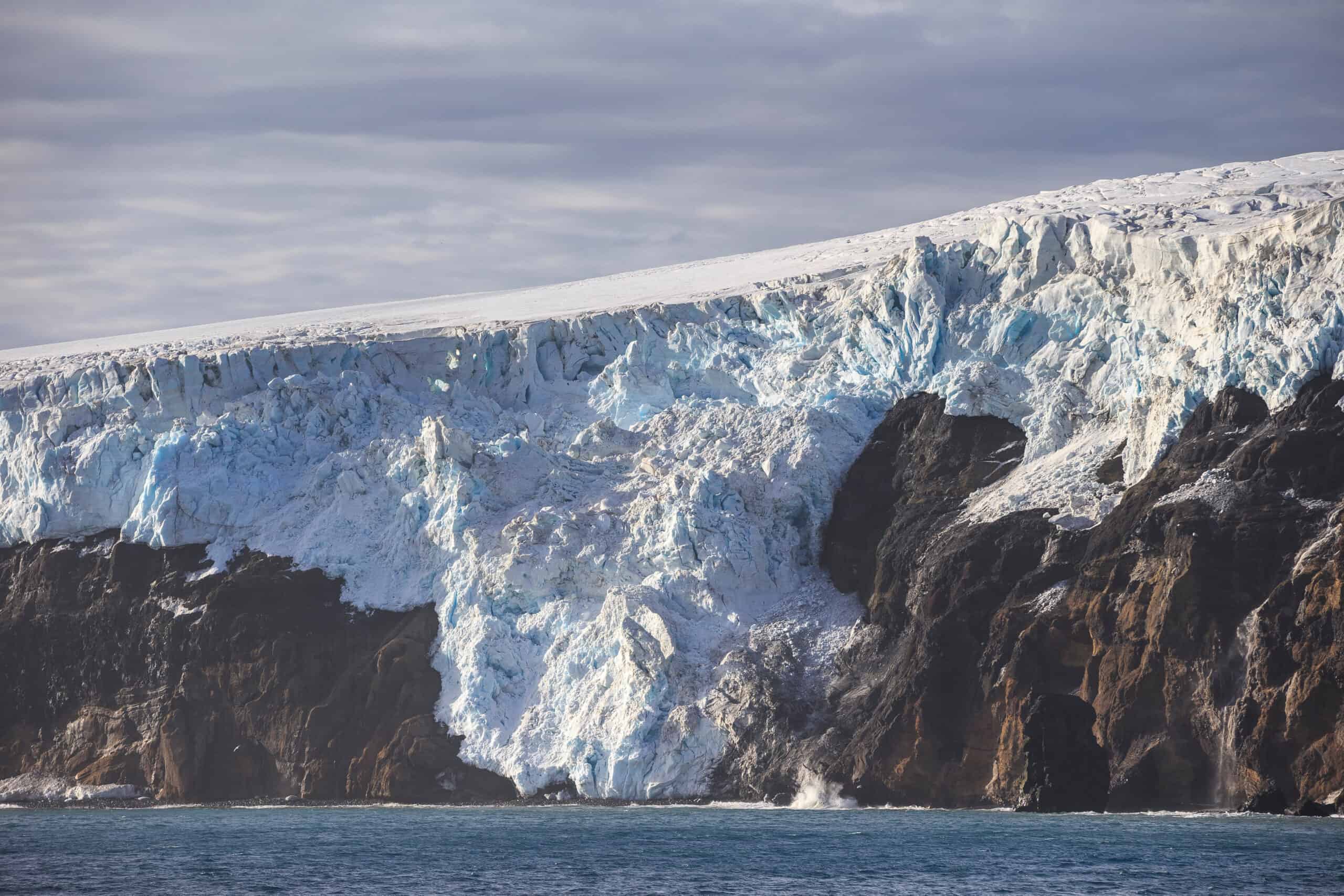
Bouvet Island, a Norwegian dependency in the South Atlantic Ocean, is often considered the most remote island on Earth. Located around 1,600 kilometers from the coast of Antarctica, it is uninhabited and mostly covered by ice. The island is designated as a nature reserve and is rarely visited due to its harsh conditions and treacherous waters. Bouvet Island’s isolation has made it a significant site for scientific research, particularly in the study of marine biology and climate change. Its rugged, icy terrain creates a dramatic and inhospitable environment.
Easter Island, Chile
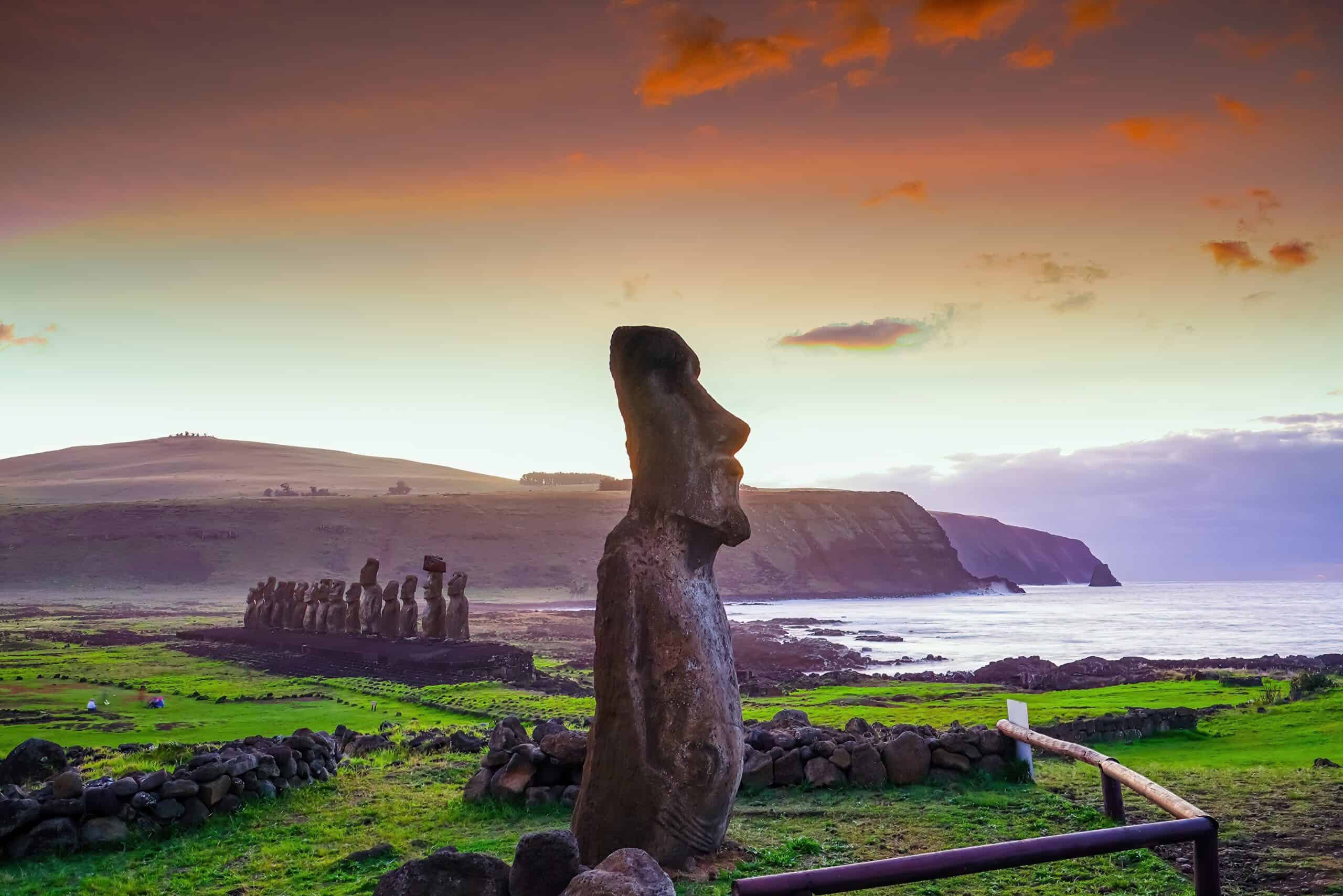
Easter Island, known for its iconic moai statues, is one of the most remote inhabited islands in the world. Situated in the southeastern Pacific Ocean, it lies about 3,500 kilometers west of continental Chile. The island’s Polynesian culture and archaeological sites attract researchers and tourists alike. Despite its isolation, Easter Island has a thriving community that maintains its rich cultural heritage. The mysterious moai statues, carved centuries ago, continue to captivate the imagination of visitors.
Ittoqqortoormiit, Greenland
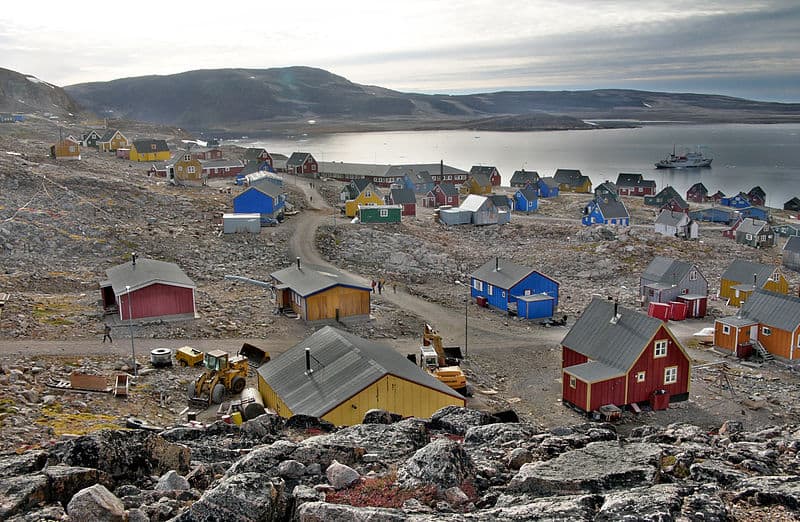
Ittoqqortoormiit, a small settlement in eastern Greenland, is one of the most isolated inhabited places on the planet. With a population of about 450, the community relies heavily on hunting and fishing for sustenance. The town is accessible only by helicopter or boat during the brief summer months when the sea ice recedes. Ittoqqortoormiit’s residents endure long, harsh winters with limited daylight and freezing temperatures. The surrounding wilderness offers spectacular views of Arctic landscapes and abundant wildlife.
Kerguelen Islands, French Southern and Antarctic Lands
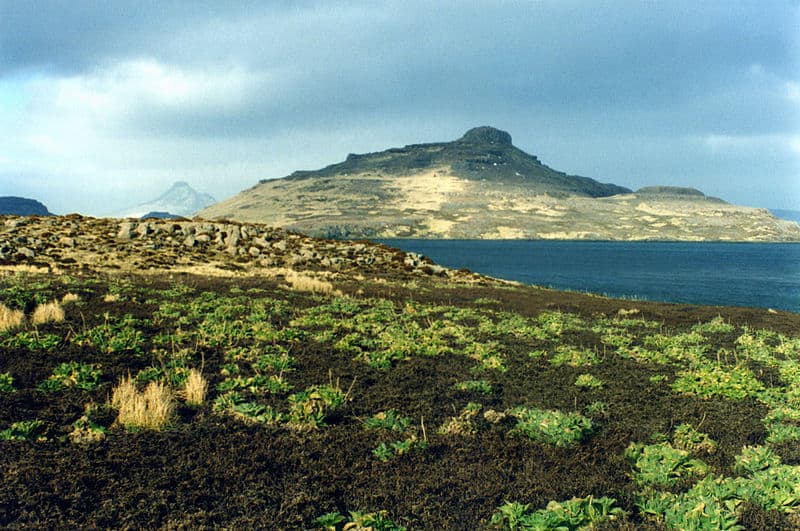
The Kerguelen Islands, also known as the Desolation Islands, are located in the southern Indian Ocean. This remote archipelago is a French territory with no permanent population, only a small group of researchers and military personnel. The islands’ rugged terrain and harsh climate make them one of the most isolated places on Earth. Kerguelen is known for its unique flora and fauna, including species found nowhere else. The islands’ isolation and natural beauty attract scientists and adventurers seeking solitude and pristine environments.
Macquarie Island, Australia
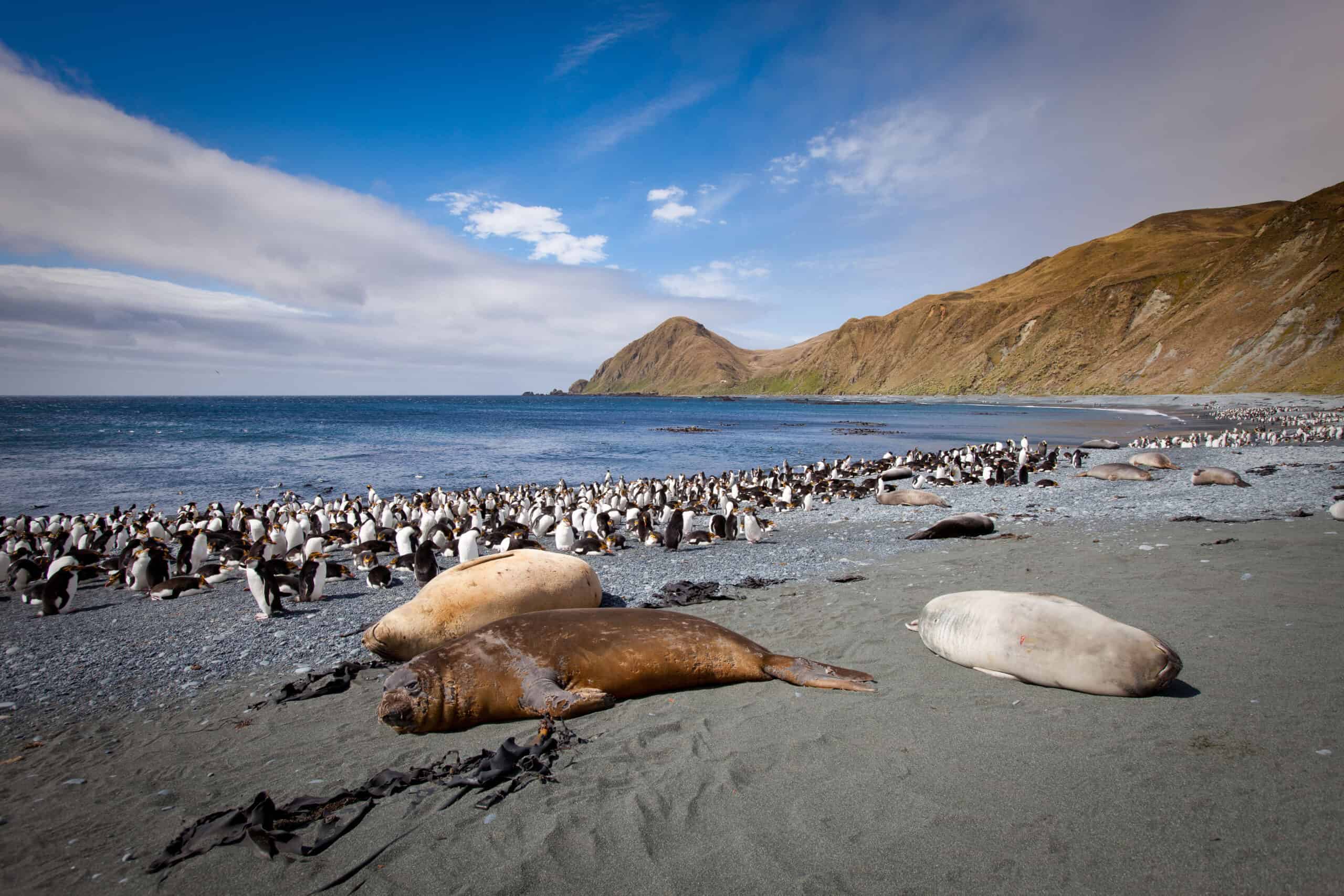
Macquarie Island, situated halfway between Australia and Antarctica, is a UNESCO World Heritage site due to its unique geological features. The island is home to a small Australian research station and is an important habitat for wildlife, including penguins and seals. Macquarie’s isolation and harsh weather conditions make it a challenging place to access and live. The island’s rugged landscape and abundant wildlife offer a rare glimpse into a pristine and remote ecosystem. Researchers on Macquarie study the island’s unique geology and monitor its diverse wildlife populations.
Socotra Island, Yemen
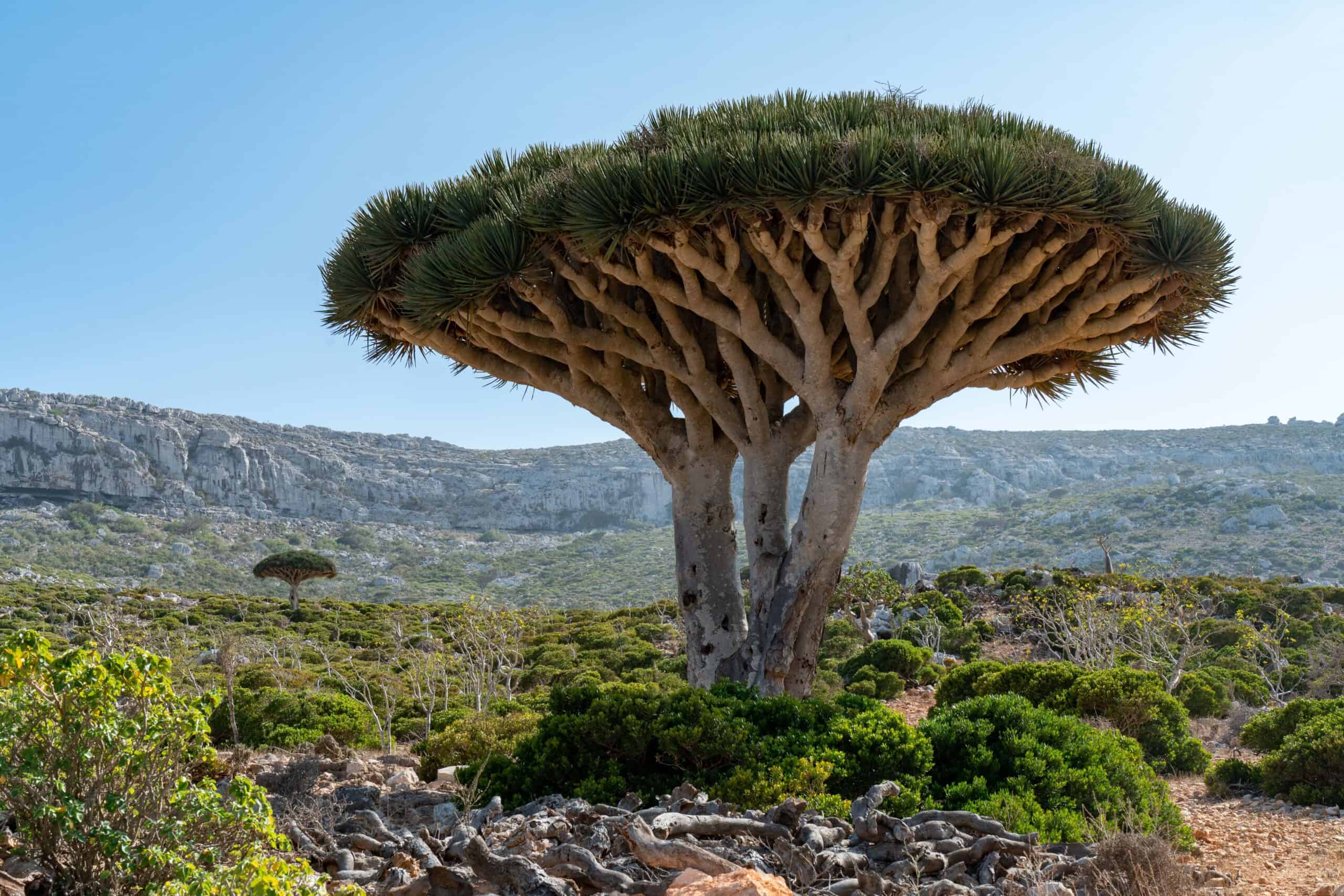
Socotra Island, part of Yemen, is renowned for its otherworldly landscapes and unique biodiversity. Located in the Arabian Sea, Socotra is home to numerous endemic plant and animal species, including the iconic dragon’s blood tree. The island’s remote location has helped preserve its unique ecosystems, making it a UNESCO World Heritage site. Socotra’s rugged terrain and limited infrastructure pose challenges for visitors, but its natural beauty and ecological significance draw adventurous travelers and researchers. The island’s isolation has fostered a distinct culture and way of life among its residents.
Svalbard, Norway
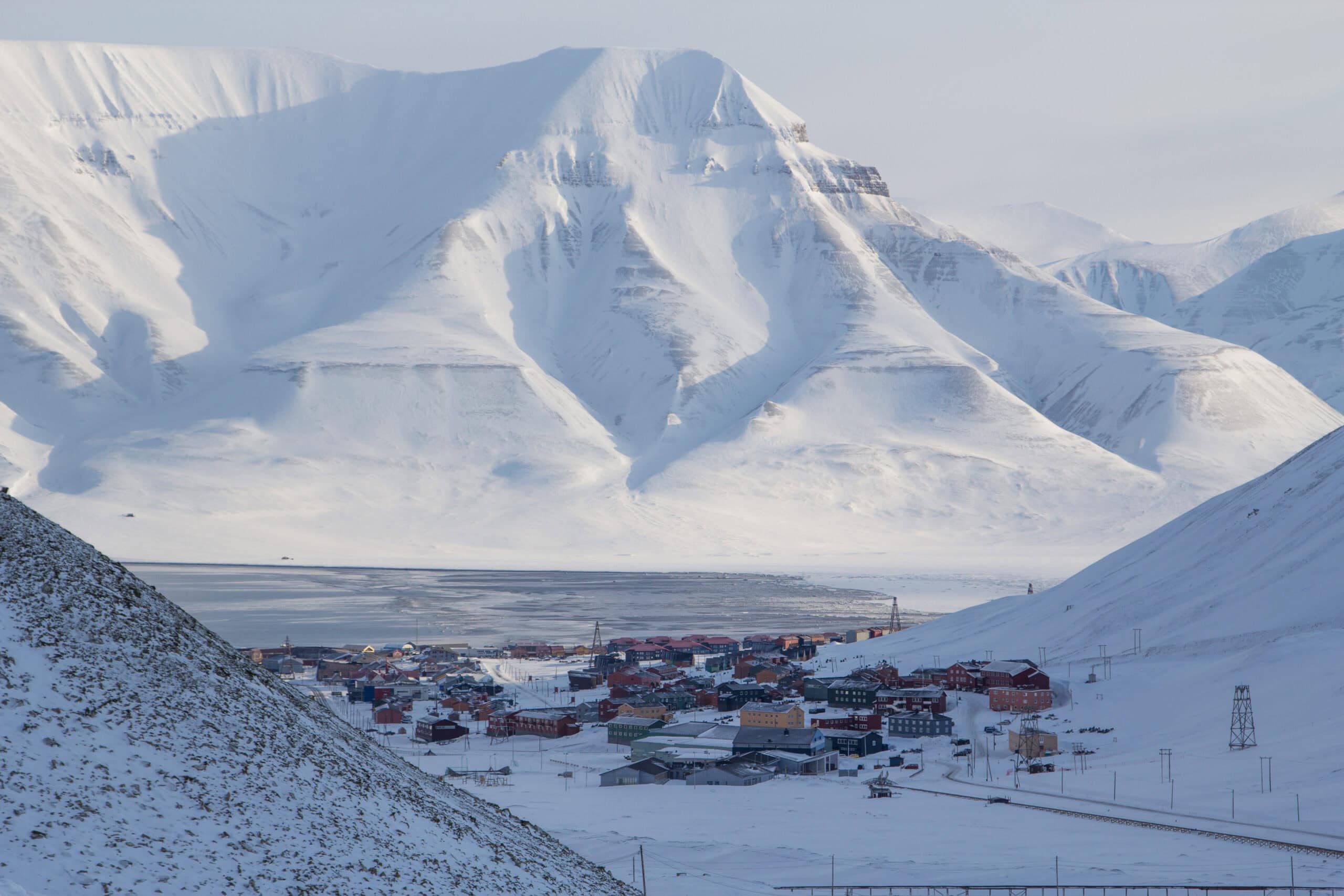
Svalbard, an archipelago in the Arctic Ocean, is one of the northernmost inhabited places in the world. It is governed by Norway and serves as a center for Arctic research and exploration. The islands are home to about 2,500 people, mostly concentrated in the town of Longyearbyen. Svalbard’s harsh climate, with long winters and polar nights, creates a challenging environment for its residents. Despite the remote and rugged conditions, Svalbard attracts scientists and tourists interested in Arctic wildlife and landscapes.
Chatham Islands, New Zealand
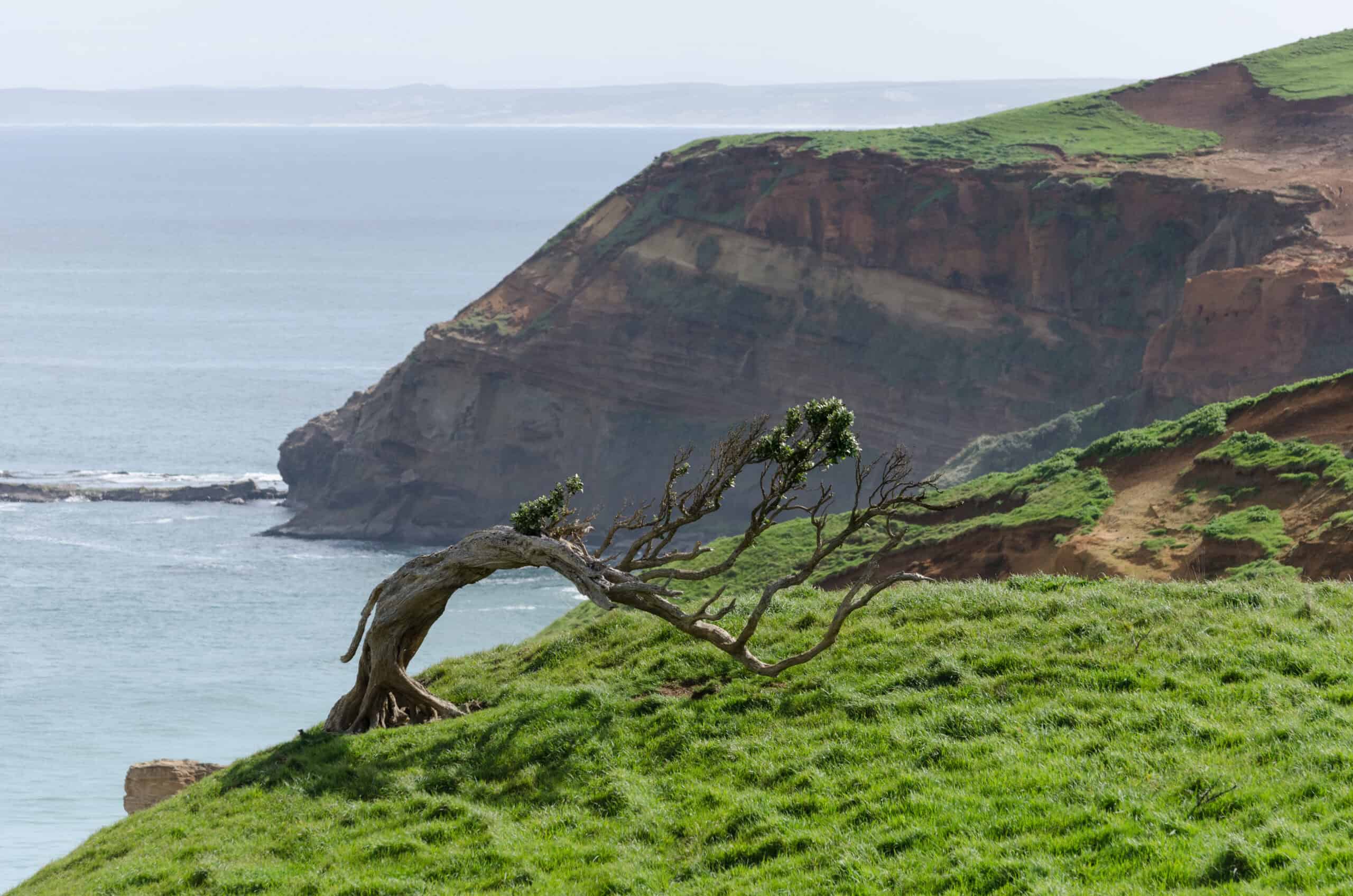
The Chatham Islands, located about 800 kilometers east of mainland New Zealand, are among the most remote inhabited places in the country. The archipelago is home to around 600 people who primarily engage in farming and fishing. The islands’ isolation has helped preserve their unique flora and fauna, including many endemic species. The Chatham Islands offer a tranquil retreat with stunning coastal landscapes and rich cultural heritage. Visitors can explore ancient Moriori carvings and enjoy the islands’ natural beauty.
The Faroe Islands, Denmark
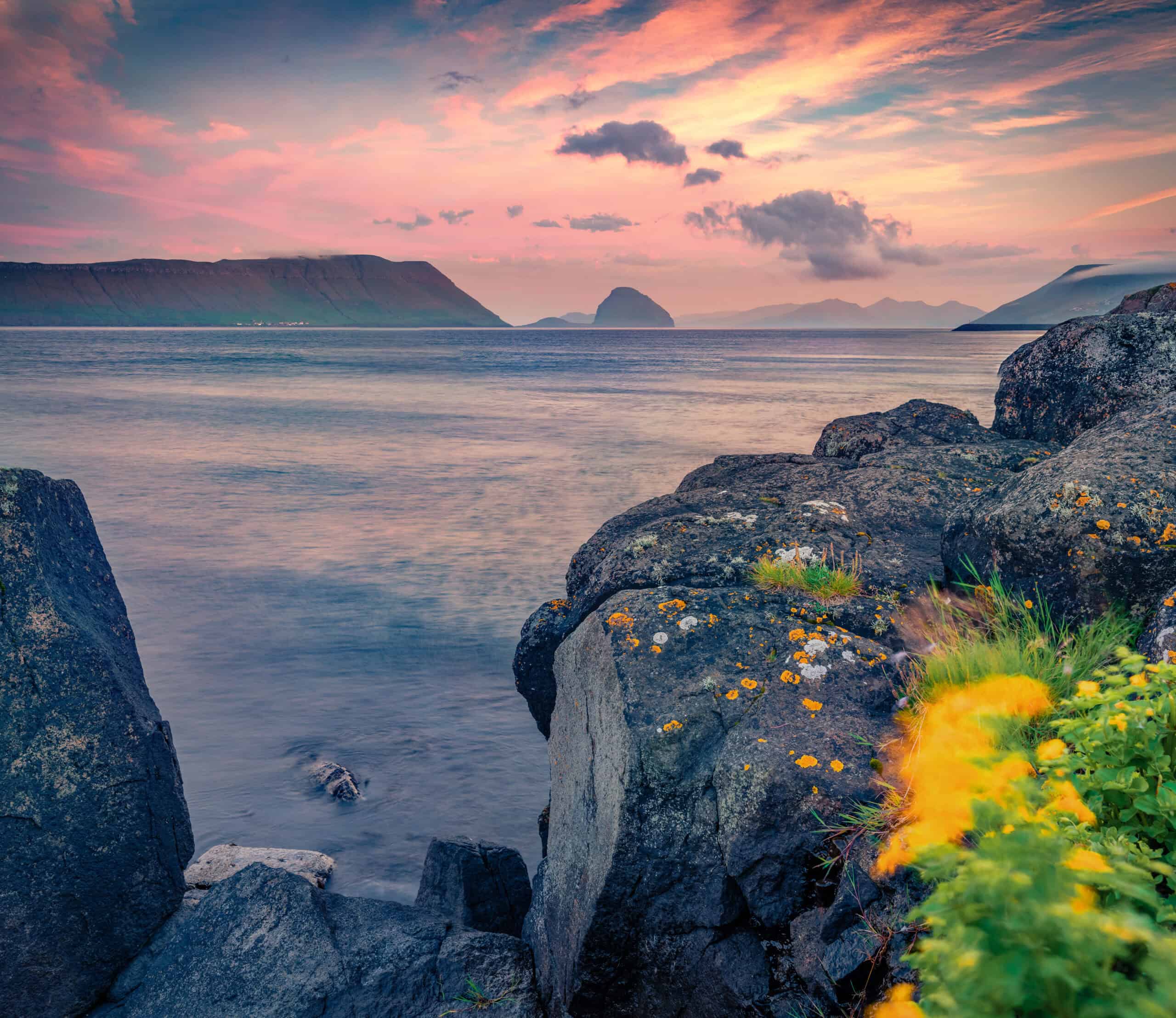
The Faroe Islands, an autonomous territory of Denmark, are situated in the North Atlantic Ocean between Iceland and Norway. The archipelago consists of 18 rugged, volcanic islands with a population of about 50,000. The Faroe Islands’ remote location and dramatic landscapes make them a unique destination for nature enthusiasts. The islands are known for their vibrant birdlife, traditional Faroese culture, and stunning coastal scenery. Despite their isolation, the Faroe Islands have a well-developed infrastructure and a growing tourism industry.
Cape York Peninsula, Australia
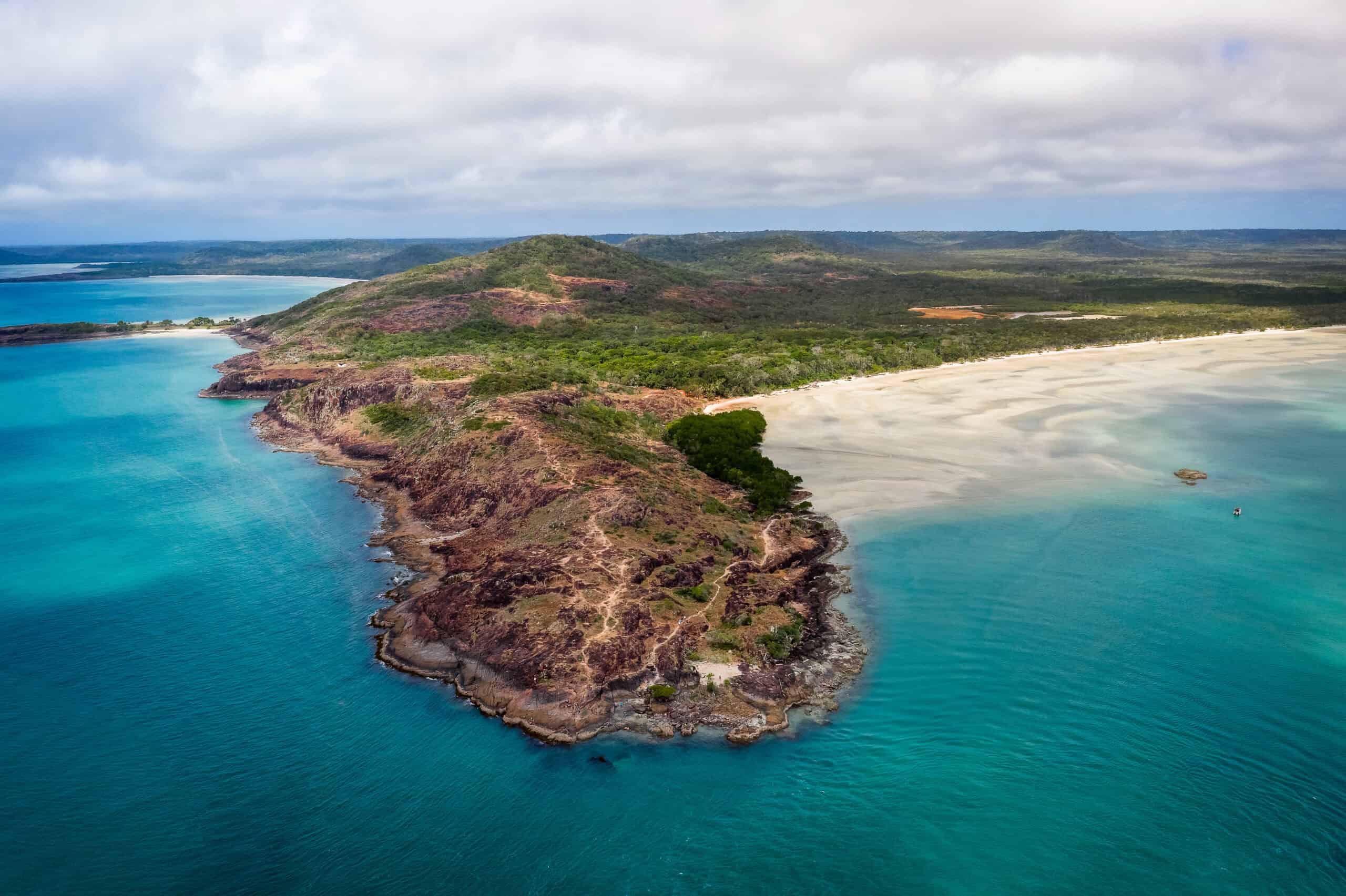
Cape York Peninsula, located in northern Queensland, is one of the most remote regions in Australia. The peninsula is characterized by its vast, rugged landscapes and sparse population. Access to Cape York is limited, with only a few rough tracks and airstrips serving the area. The region is rich in Indigenous culture and offers opportunities to explore pristine wilderness areas. Cape York’s isolation and natural beauty attract adventurous travelers seeking off-the-beaten-path experiences.
Amundsen-Scott South Pole Station, Antarctica
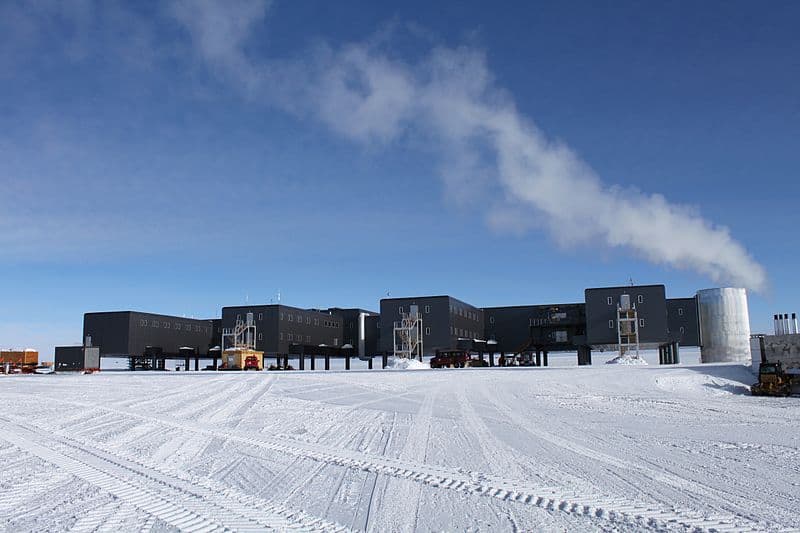
The Amundsen-Scott South Pole Station is one of the most remote and extreme research stations on Earth. Located at the geographic South Pole, the station is inhabited by scientists and support staff conducting cutting-edge research. The station experiences six months of darkness during the Antarctic winter, with temperatures dropping below -60°C. Supplies and personnel are flown in during the brief summer months when conditions allow. The South Pole’s isolation and extreme environment provide unique challenges and opportunities for scientific discovery.
Ushuaia, Argentina
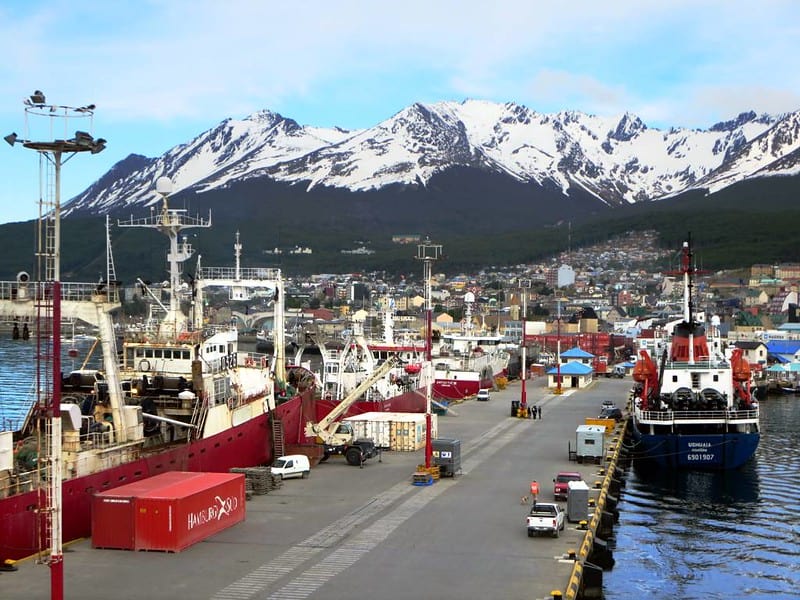
Ushuaia, often referred to as the southernmost city in the world, is located on the southern tip of Argentina’s Tierra del Fuego archipelago. The city is a gateway to the Antarctic and a hub for adventure tourism. Ushuaia’s remote location and dramatic landscapes, including glaciers, mountains, and forests, attract travelers from around the globe. The city’s maritime climate and long winter nights create a unique living environment. Ushuaia offers a blend of outdoor adventure and cultural experiences, making it a fascinating destination for intrepid explorers.
Barrow (Utqiaġvik), Alaska, USA
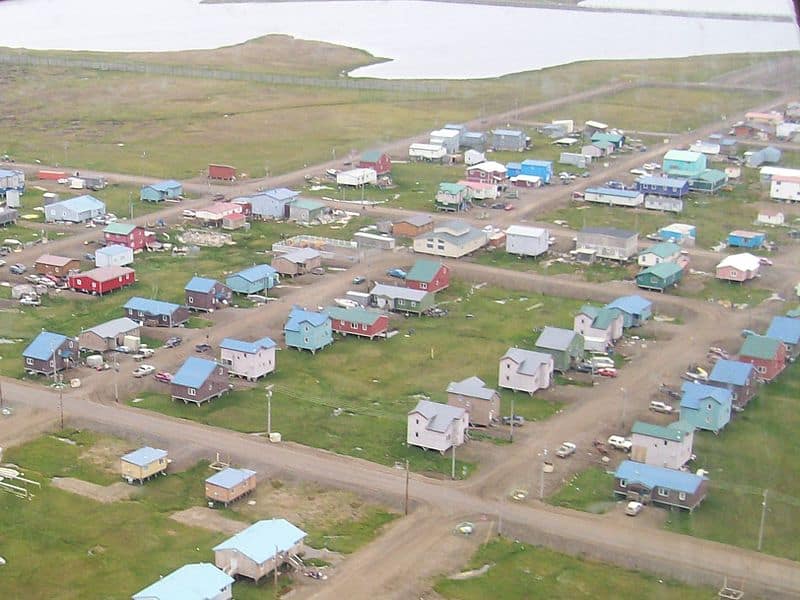
Utqiaġvik, formerly known as Barrow, is the northernmost city in the United States, located above the Arctic Circle in Alaska. The city experiences extreme weather conditions, with long, harsh winters and continuous daylight during the summer months. Utqiaġvik’s isolation and unique Arctic environment offer opportunities for scientific research and cultural exploration. The city is home to a predominantly Iñupiat population who maintain their traditional subsistence lifestyle. Utqiaġvik’s remote location and cultural heritage make it a distinctive and challenging place to live.
Hanga Roa, Easter Island, Chile
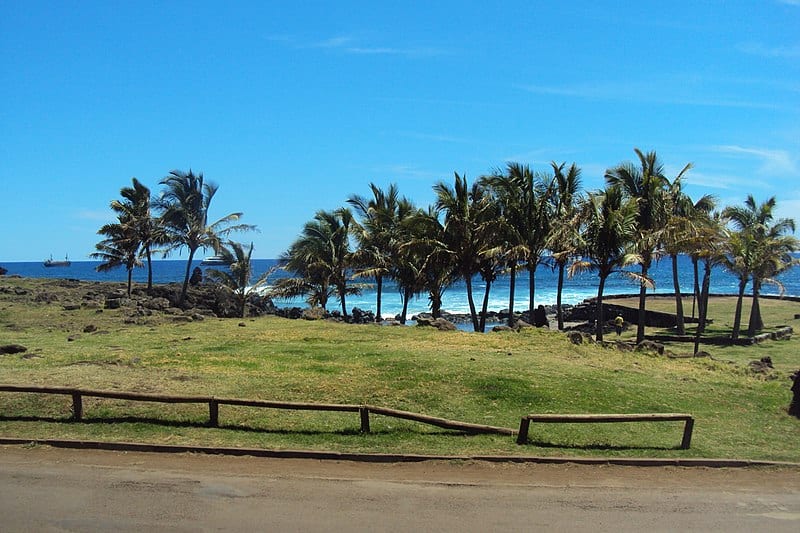
Hanga Roa is the main town and capital of Easter Island, one of the most remote inhabited islands in the world. Located in the southeastern Pacific Ocean, Hanga Roa is the island’s only urban center, with a population of around 5,000. The town serves as a base for exploring the island’s famous moai statues and archaeological sites. Hanga Roa’s isolation and unique cultural heritage attract researchers and tourists alike. Despite its remote location, the town has a well-developed infrastructure and offers a range of amenities for visitors.
Palmerston Island, Cook Islands
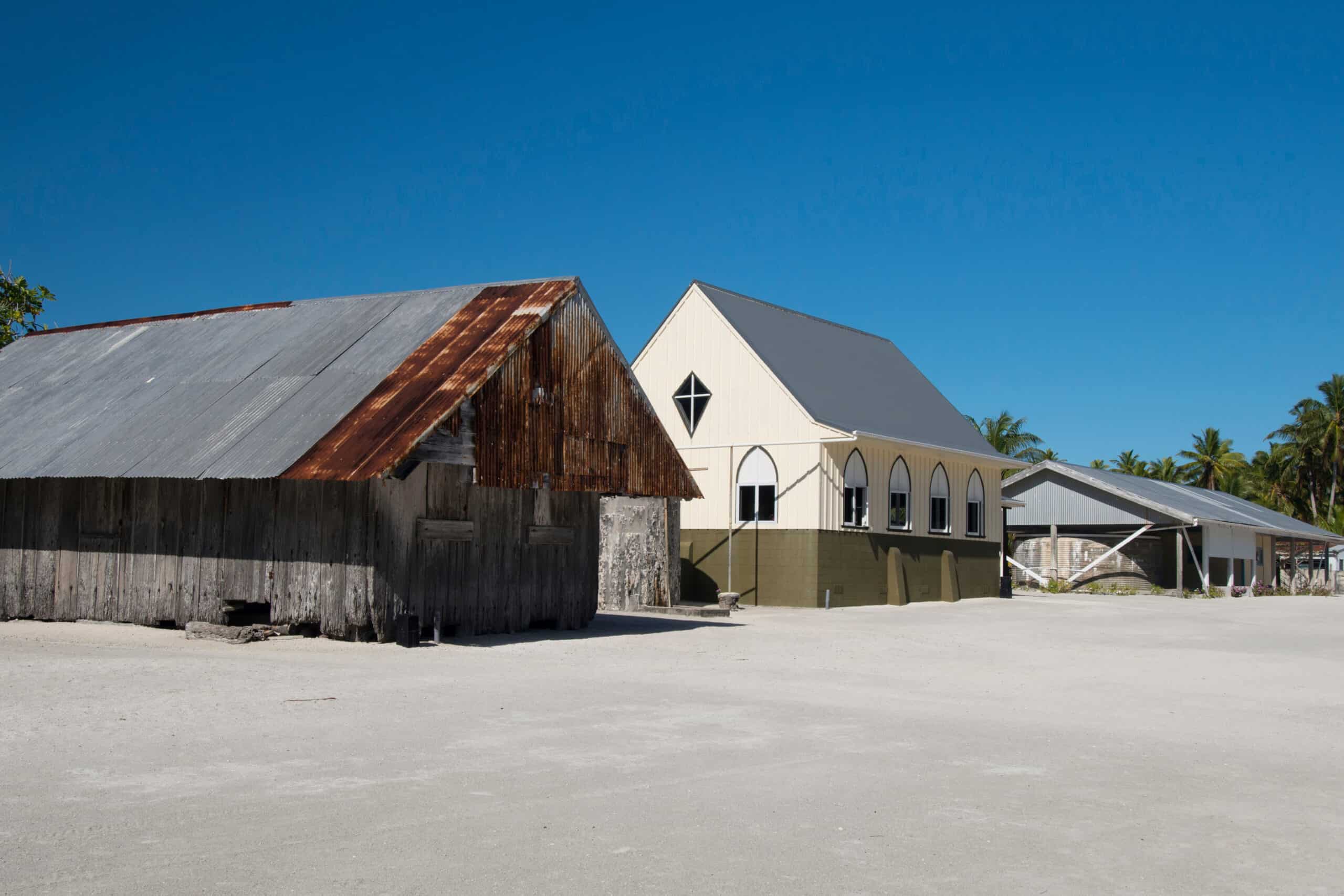
Palmerston Island, part of the Cook Islands, is one of the most remote inhabited islands in the Pacific Ocean. The island is home to about 60 residents, all descendants of a single Englishman who settled there in the 19th century. Palmerston’s isolation and limited access make it a unique and tranquil place to live. The island’s residents maintain a traditional lifestyle, relying on fishing and subsistence farming. Palmerston’s pristine environment and vibrant coral reefs attract adventurous travelers seeking an off-the-beaten-path experience.
Oymyakon, Russia
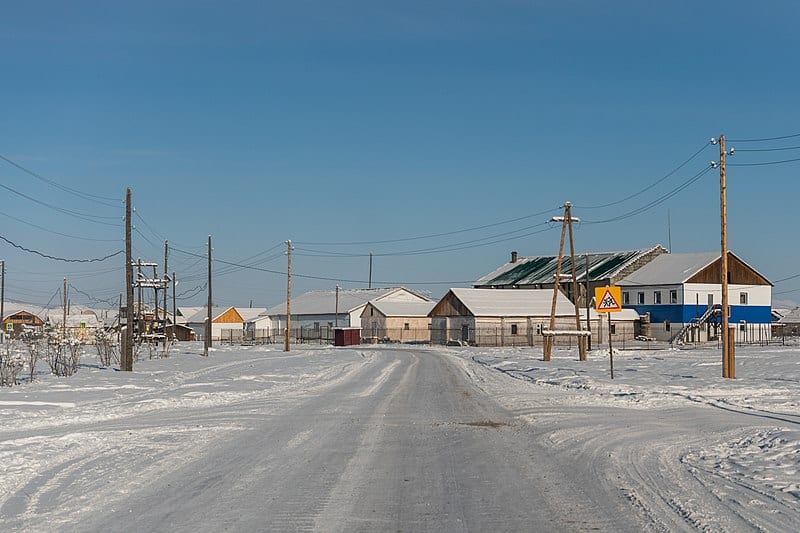
Oymyakon, a rural locality in the Sakha Republic of Russia, is known as one of the coldest inhabited places on Earth. The village experiences extreme subarctic temperatures, with winter temperatures often dropping below -50°C. Oymyakon’s remote location and harsh climate pose significant challenges for its residents. Despite the extreme conditions, the village is home to around 500 people who engage in traditional practices such as reindeer herding. Oymyakon’s unique climate and remote setting attract researchers and adventurous travelers interested in experiencing life in one of the world’s coldest places.
Barentsburg, Svalbard, Norway
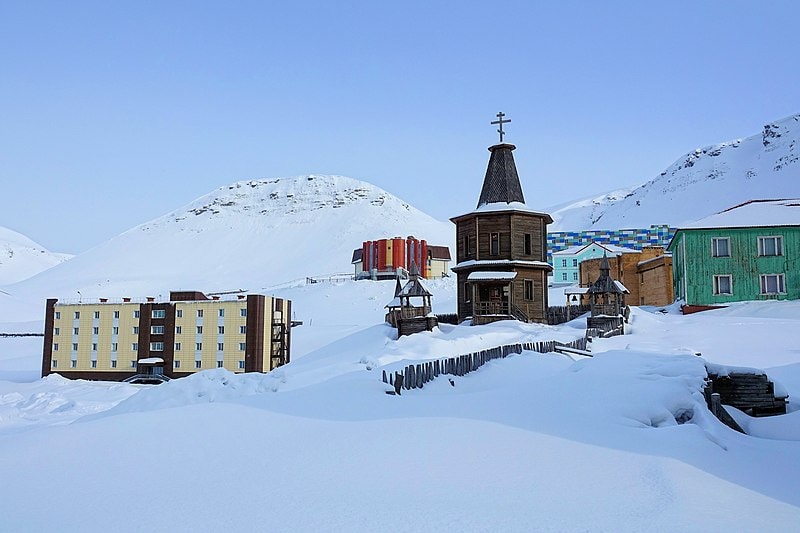
Barentsburg, a Russian mining settlement on the Svalbard archipelago, is one of the northernmost inhabited places in the world. The settlement is home to about 500 people, primarily Russian and Ukrainian miners. Barentsburg’s remote location and harsh Arctic environment create a unique living and working environment. The settlement is accessible only by boat or helicopter, and supplies are brought in during the brief summer months. Barentsburg’s isolation and distinctive cultural heritage make it a fascinating and challenging place to live.
This article originally appeared on Rarest.org.
More From Rarest.Org
In a world brimming with incredible biodiversity, there are some truly remarkable animals that most people have never heard of. From the elusive Saiga Antelope to the peculiar Purple Frog, these rare species captivate with their unique adaptations and fascinating behaviors. Read more.
Bass guitars have played a crucial role in shaping the sound of rock music, providing the rhythmic foundation and driving energy that define the genre. Over the decades, certain models have stood out not just for their distinctive tones and innovative designs, but also for their iconic status, embraced by legendary musicians. Read more.
Rabbits come in a variety of breeds, each with its unique traits and characteristics. Some rabbit breeds are rare and possess distinct features that make them stand out. Here, we explore some of the rarest rabbit breeds and what makes them special. Read more.

